-
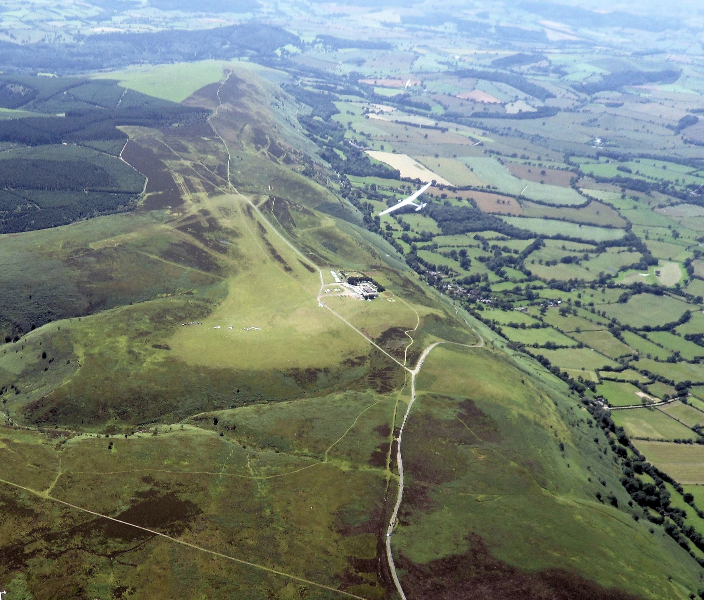
1930 – gliding first established in the Midlands
The first official gliding meet was at Firle Beacon near Itford in 1922 but did not really get going until 1930. During 1932-34, with a few friends, Birmingham stockbroker Espin Hardwick travelled regularly to the London Gliding Club at Dunstable where he learned to fly. To avoid the lengthy journey to Dunstable Hardwick searched the West Midlands for a ridge facing the prevailing wind above which to soar and the top of which was landable. He identified Shropshire’s Long Mynd with its six miles of westerly facing ridge.
-
1934 - The best site in the Midlands
Having spent some time looking for a best site in the Midlands, Espin Hardwick and Theo Tester selected the Long Mynd. The west facing ridge and the prevalence of westerly winds made launching by bungee, catapulting the aircraft from the edge of the ridge into a strong wind, a good choice for a gliding club.
-
1934 - The first flight from the Long Mynd
11th August 1934, Fred Slingsby takes the first soaring flight on the Long Mynd in his Falcon II.
-
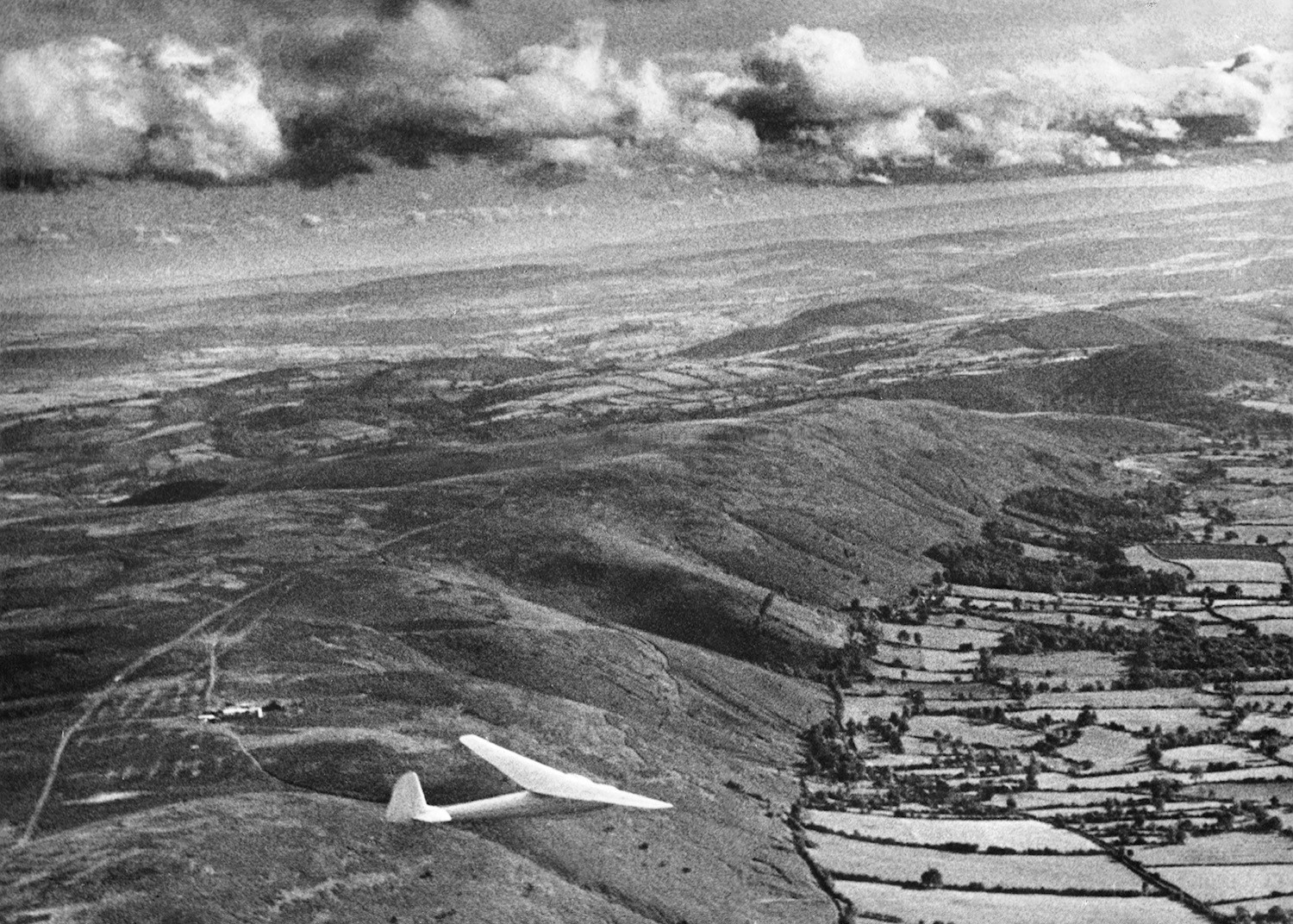
1934 – Founded by Espin Hardwick
On the 17th October 1934 the Midland Gliding Club was formed at a meeting in the Mikado Restaurant in Martinau Street, Birmingham. Espin Hardwick elected first chairman.
-
1935 – Local landowner tries to stop gliding
Local landowner Max Victor Wenner asked the Chancery Court for an injunction to prevent gliding on the Long Mynd, claiming it interfered with his shooting rights. Espin Hardwick, then chairman of the British Gliding Association, said he ‘had found no site so good for soaring with sailplanes as this corner of the Long Mynd’. Mr. Wenner obtained a court injunction preventing gliding from the pasture rented from a local landowner. This prompted the Club to move a short distance south to a twenty-five-acre site above the hamlet of Asterton.
-
1935 - Registration of Midland Gliding Club Limited
On the 25th of June 1935, the club was registered as "Midland Gliding Club Limited" under the Industrial & Provident Society Act.
-
1935 – Midland Gliding Club purchases land
on the 23rd of August 1935, the club purchased an area of 10 hectares (25 acres) of the Long Mynd to operate from and secure the club’s future. Today the Club owns 134 hectares (331 acres).
-
1936 – hangar erected
In 1936 the club built the present hangar inside the western end of which was constructed a lean-to Clubhouse which today serves as the TV/briefing room and bar. Overnight accommodation was provided in the two bunkhouses in the northern half of a wooden building (ex Handsworth) the southern half of which served and still serves as workshops and garaging for winches etc.
-
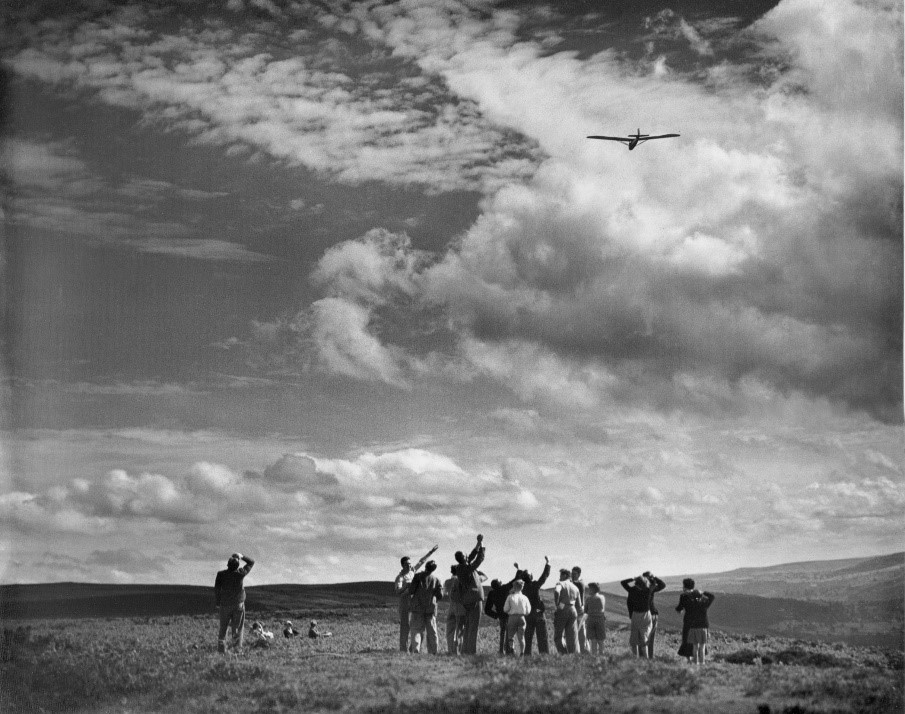
1937 –Gliding takes off as a spectator sport
By 1937 the appeal of gliding as a sport was growing. A national gliding meeting in Yorkshire attracted some 6000 people. A similar meeting at the Long Mynd achieved the same
-
1937 – Amy Johnson joins Midland Gliding Club
When club activities resumed after WWII new members included ERA racing motorist Prince Bira of Siam. The club took on catering staff and employed an engineer to maintain the club’s fleet.
-
1937 - The First Recorded Wave Flight in the UK
On the 8th of September 1937, John Simpson climbs to 7,100 in "unusual" soaring conditions.
-
1939 - Training the future pilots of World War II
In July the first camp of the new Air Defence Cadet Corps, took place. Gliding was an important way of training future pilots fir the war and Espin Hardwick was at it heart.
-
1939 - Closed for World War II
On the 10th of September, was the last flying day. On the 10th October the club was formally closed for the duration of World War II.
-
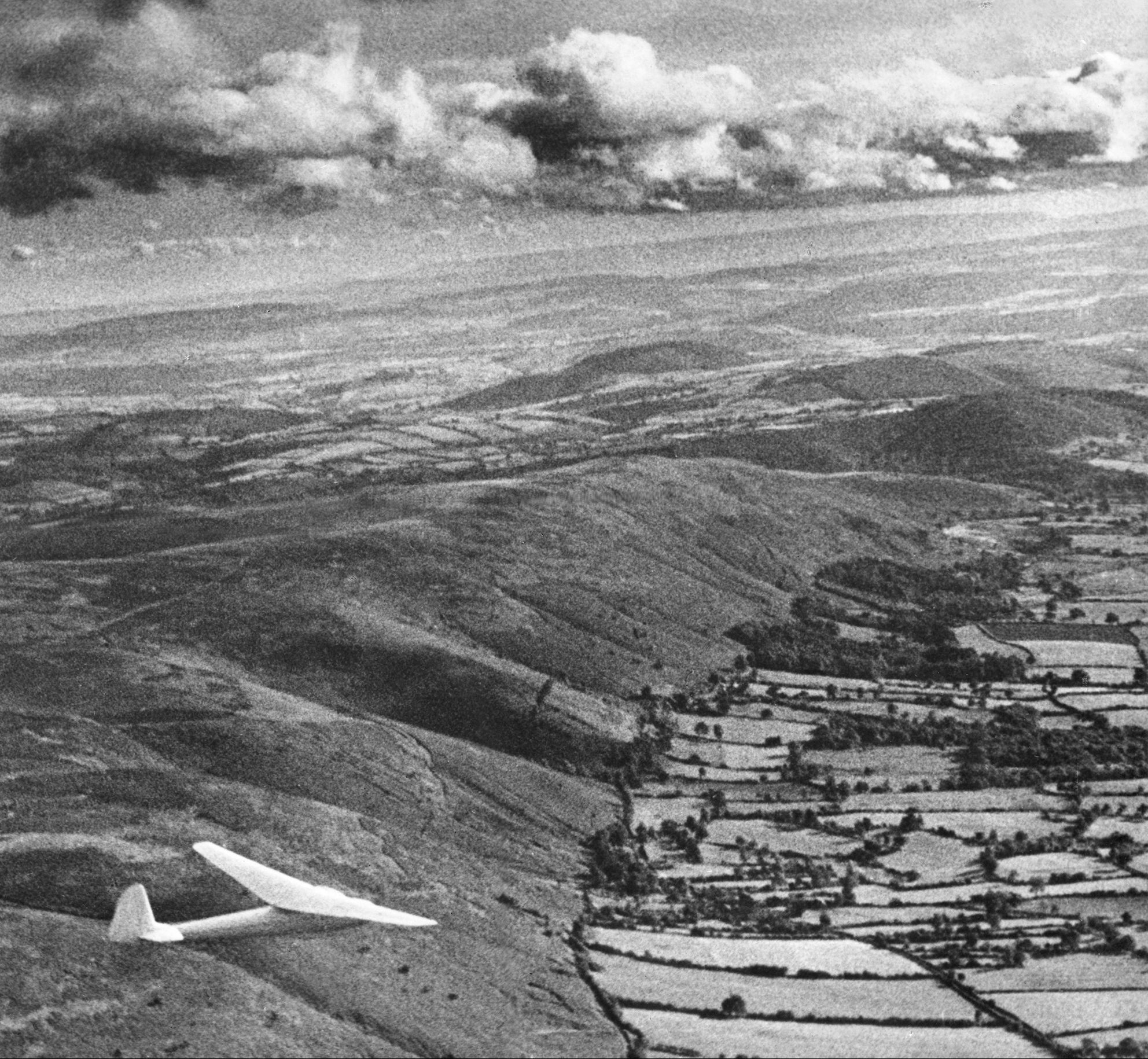
1945 – Gliding resumes at the Long Mynd
When club activities resumed after WWII new members included ERA racing motorist Prince Bira of Siam. The club took on catering staff and employed an engineer to maintain the club’s fleet.
-
1946 – New soaring record established by Midland Gliding Club member
On Sunday 14th of July 1946, Mr. Charles Wingfield achieved the longest soaring flight in a sailplane of British design when he flew his Kirby Kite from the Long Mynd to Redhill in Surrey, a distance of 147 miles (237km). The flight took him six hours.
-
1946 - New British Height Record
On the 23rd of July1946, Phillip Wills sets a new British height record of 15,300 feet. During his record attempt Philip Wills covers a distance of 77 miles from the Long Mynd to Newport in Monmouthshire.
-
1953 – work starts on new clubhouse
A new clubhouse, an extension of the hangar, was started in July of 1953, completed early the following year. The new building cost £3000 and was created to improve the facilities for club members in cold weather, to increase the membership which stood then at 150, and to allow the club to host major gliding competitions.
-
1954 - Espin Hardwick's Glider ceremoniously burnt on Bonfire Night
After the death of Espin Hardwick, his Falcon glider, except for the struts, was ceremoniously burnt on Bonfire Night. Today, the struts are hanging in the briefing room.
-
1956 – New speed record set from the Long Mynd
Mr. Peter Bisgood, a member of the Empire Test Pilots School and a member of the Midland Gliding Club set a new British Speed Record by flying his Slingsby Sky glider from the Long Mynd to Great Yarmouth airfield, a distance of 310 kilometers in four hours and two minutes.
-
1956 – First custom built winch acquired
Whilst bungee launching is still practised when conditions permit the predominant way of launching had been by winch. Early winches were adaptations of balloon winches but in 1956 a Rhoder winch was bought from Germany and fitted with a Humber Super-Snipe engine, which later was replaced by a Jaguar engine to provide the extra power needed to launch heavier gliders.
-
1957 – First Professional Instructor employed
In 1957 the club employed its first professional instructor to run the programme of summer courses.
-
1959 – New air corridor established over the Long Mynd
A new air corridor over the Long Mynd restricts gliders flying higher than 6,000 feet, causing consternation at the club and at the British Gliding Association. The then chairman of the BGA said ‘this is a serious setback for the club’. This was later changed allowing gliders to reach heights of over 20,000 feet.
-
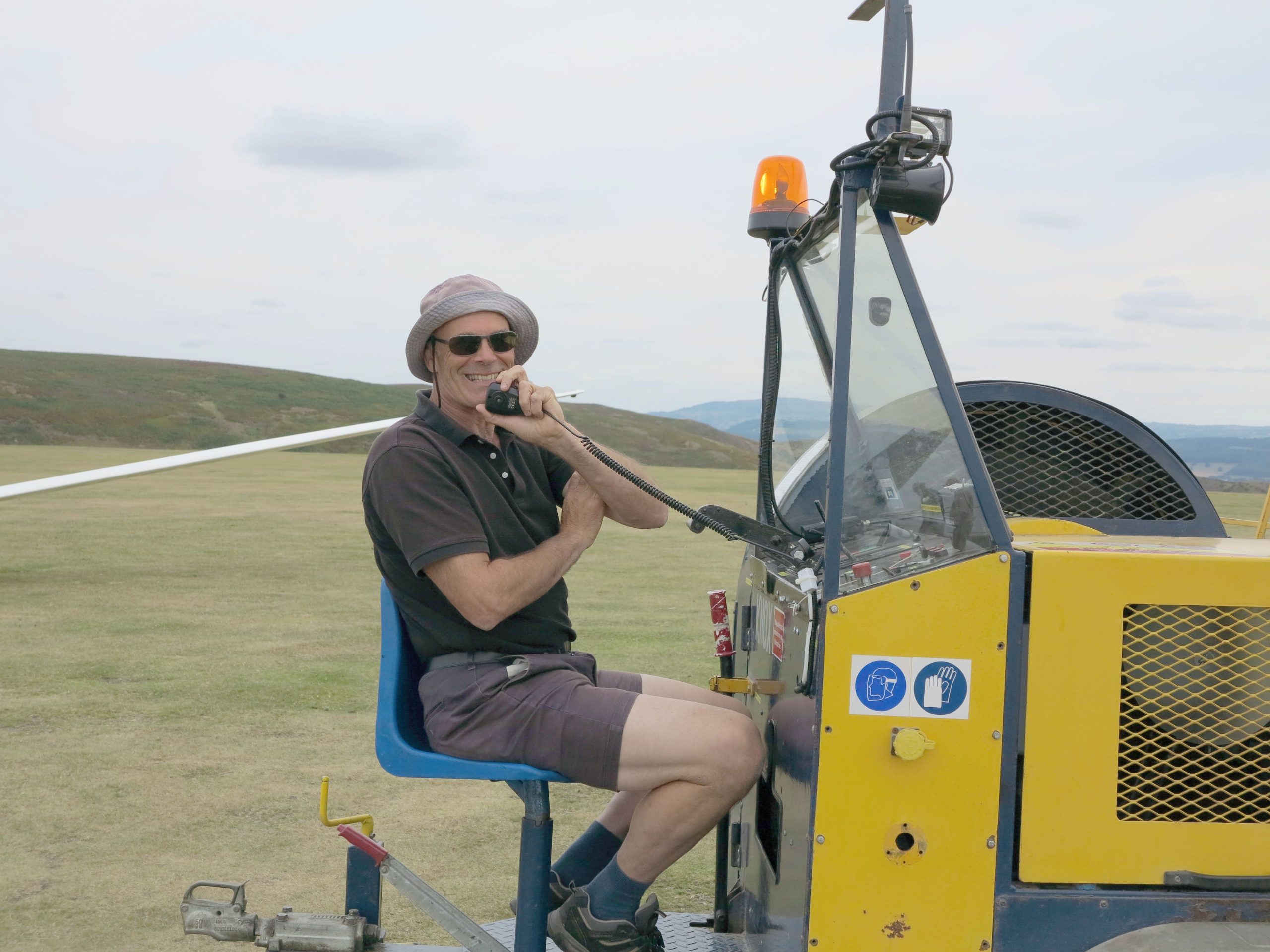
1959 – MGC introduces the retrieve winch system
Whilst most clubs use a vehicle to pull cables back from the winch, since 1959 the Club has, almost uniquely in the UK, used a retrieve winch system. This has at the launch point a small retrieve winch from which a light cable, attached to the main launching cable, is drawn out during the launch. On completion of the launch the retrieve winch pulls the main cable back for the next launch. The system is capable of a launch every three minutes.
-
1967 – New height record established at the Long Mynd
Strong north-westerly winds produced good wave conditions in the lee of the Welsh Mountains of Snowdonia and Ronald Rutherford flew his glider to 18,000 feet, a new British Gliding Association record.
-
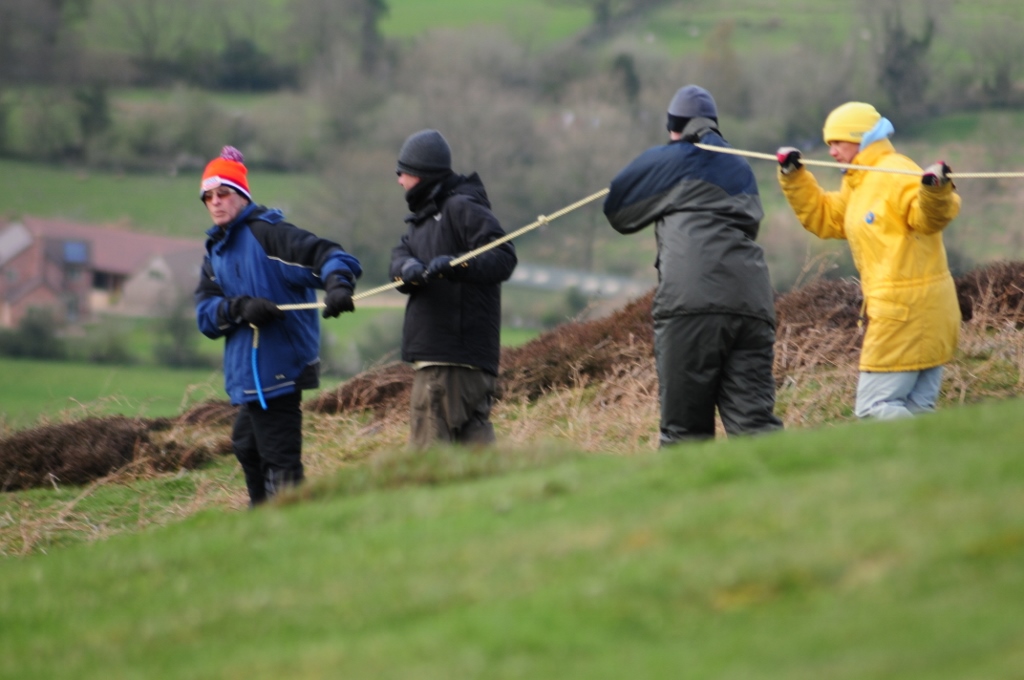
1974 – Midland Gliding Club use bungee to meet fuel restrictions
Michael Hesseltine, then Minister for Aerospace and Shipping, asked all areas of aviation not to use any fuel on Sunday 6th January, during the fuel shortages of that year. Midland Gliding Club decided to only launch using a bungee rope, a Y shaped piece of stretchy elastic rope hauled by three people at each end, the third being attached to the glider. When the wind is westerly and strong enough, this is sufficent to launch a glider from the edge of the ridge. In the event the wind was in the wrong direction so no gliding took place.
-

1981 – MGC replaces Slingsby with Schleicher training glider
In 1981 the club bought its first fibre-glass glider – a K21 from Schleicher who before long replaced Slingsby as the main manufacturer of the club’s machines.
-
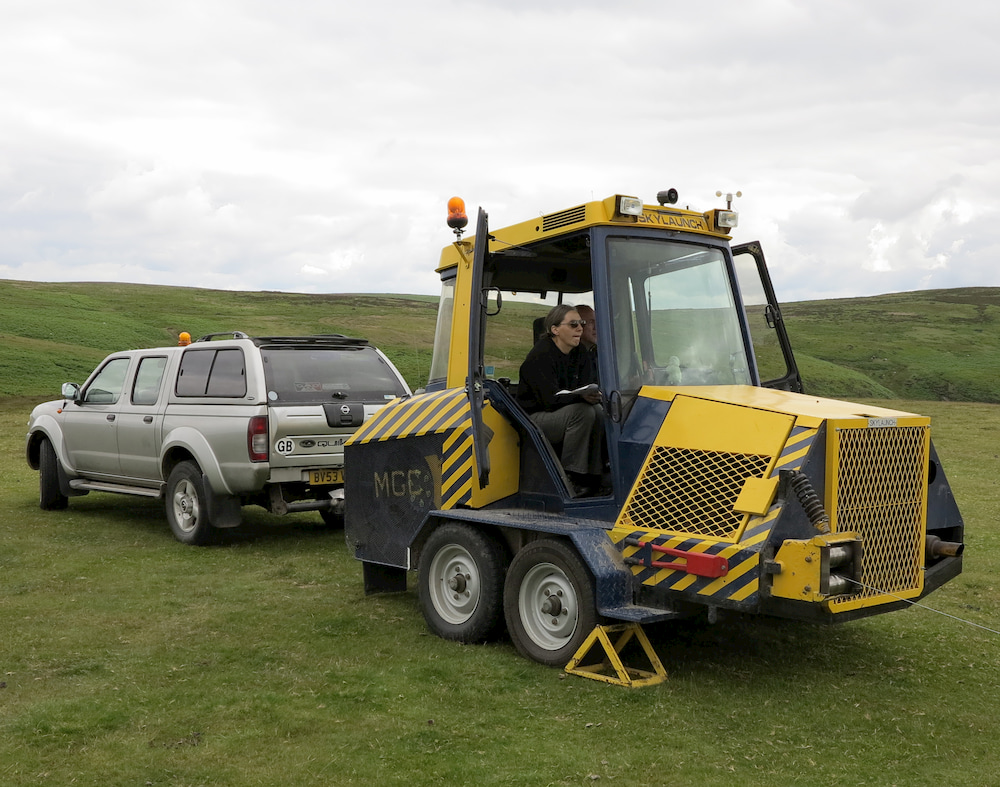
1991 – Birth of Skylaunch
In 1991 the club specified a new winch to be powered by a Chevrolet seven litre V8 engine. This became the prototype Skylaunch winch, several dozen production versions of which have revolutionised winch launching throughout gliding. Skylaunch are now developing and selling electric powered winches.
-

2015 – New Workshop and Motor Transport Shed built
In 2015, following an award of a £60,000 grant from Sport England, work started on a new workshop to replace the original buildings on site. The building was completed successfully and greatly improved the conditions for the members and staff.
-
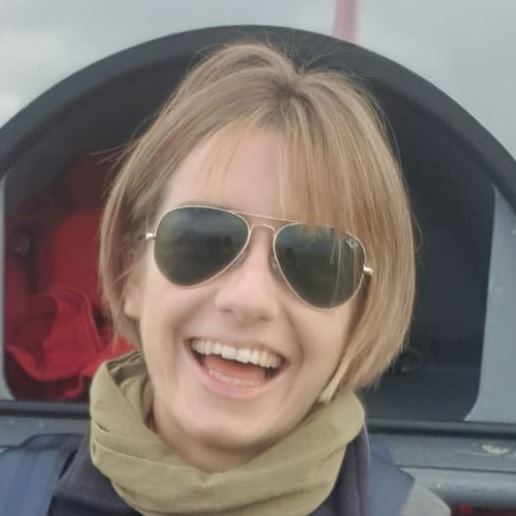
2022 – MGC, Junior Gliding Centre
The club successfully survives the Covid 19 pandemic and becomes an approved Junior Gliding Centre and hosts Competiton Enterprise.
-

2024 - 90 years since the club was founded